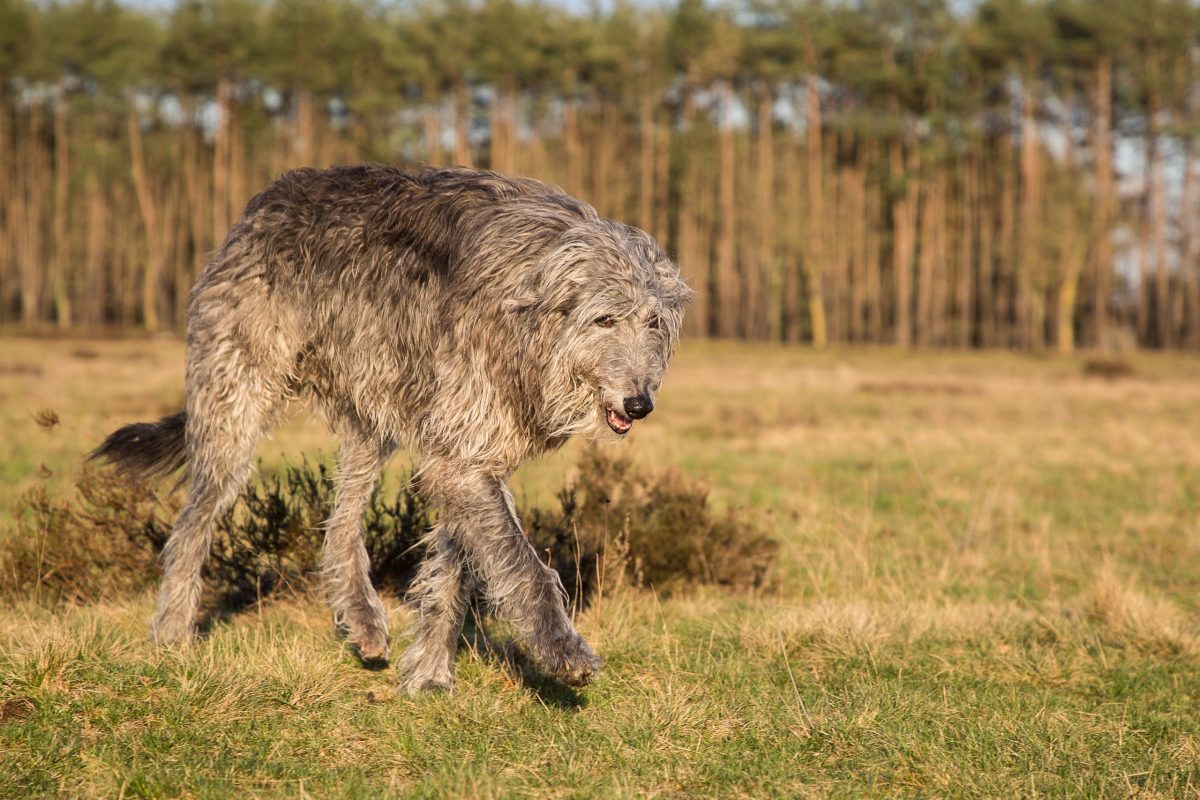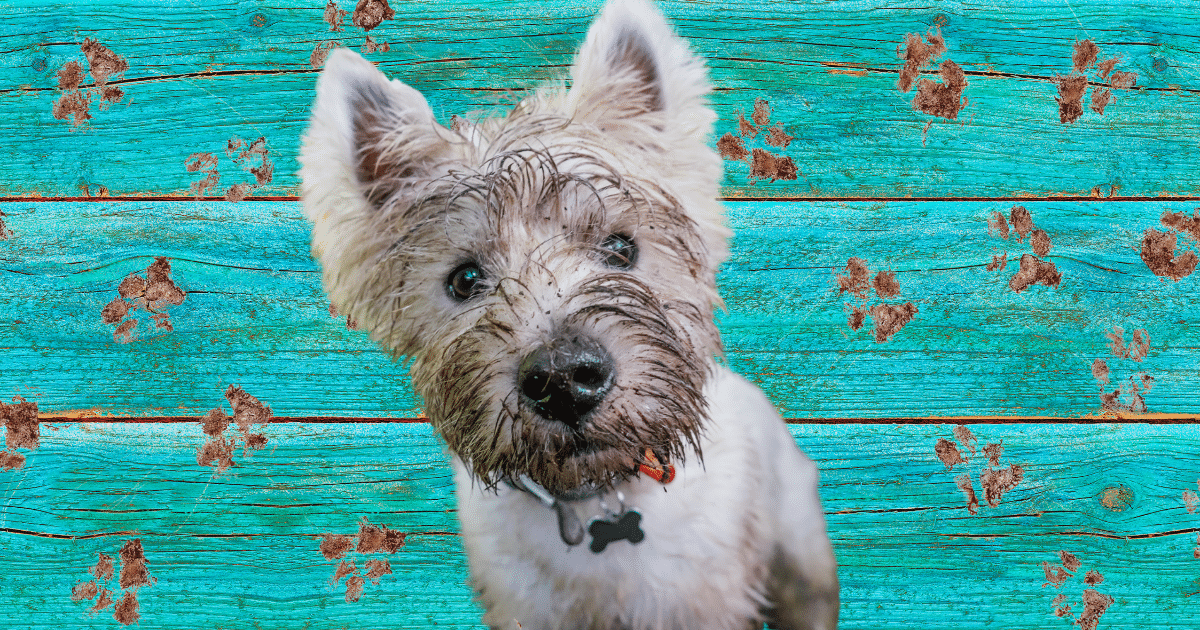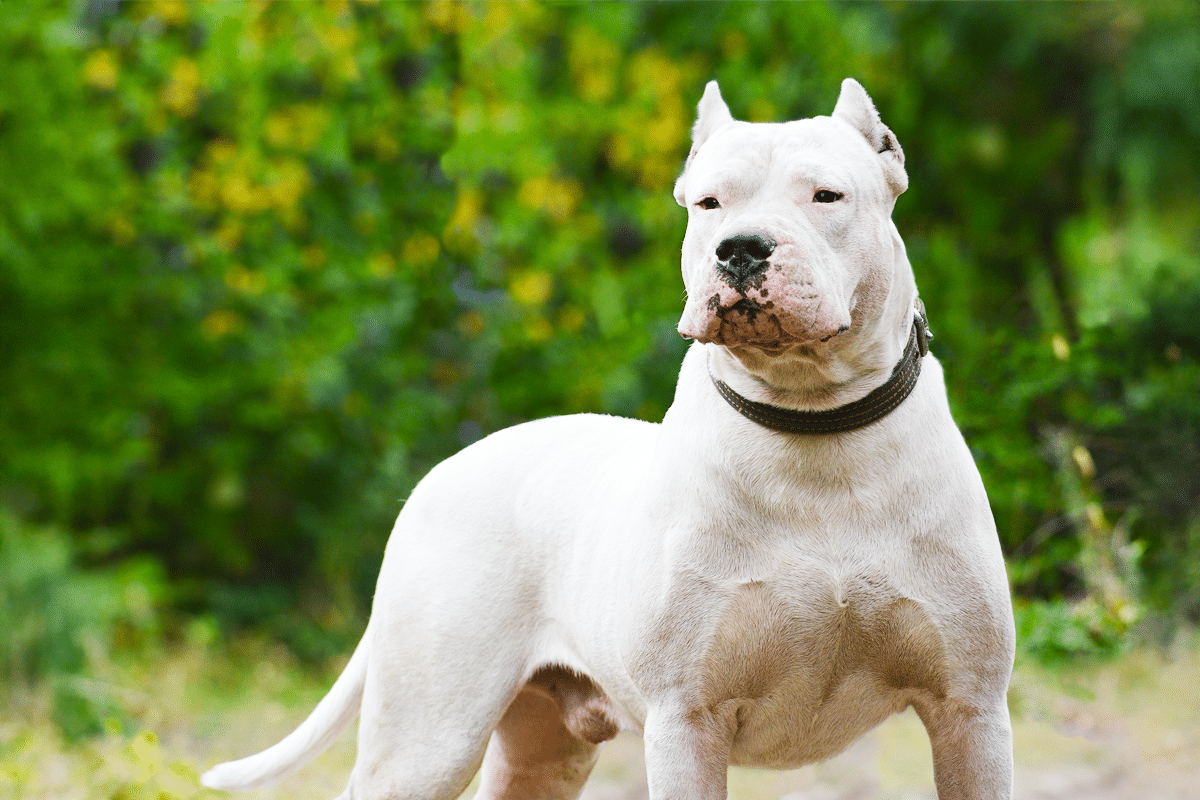 Shutterstock
Shutterstock
Dogs have been our loyal companions for centuries, yet many strange myths about them persist. Some are harmless old wives’ tales, while others can lead to misunderstandings that impact their care. From outdated health beliefs to wild ideas about their abilities, these myths have been passed down for generations. While science has debunked many, some people still swear by these misconceptions. It’s time to separate fact from fiction and uncover the truth behind these bizarre myths that continue to mislead dog lovers everywhere.
Dogs See the World in Black and White
 Shutterstock
Shutterstock
For years, people believed dogs saw the world like an old black-and-white movie. While their color vision isn’t as rich as ours, dogs can see shades of blue and yellow. Their eyesight is more like a muted color spectrum rather than pure grayscale. This misconception came from early research that didn’t fully understand canine vision. So next time your dog ignores a red toy, it’s not because they can’t see it—it just doesn’t stand out as much as their blue or yellow favorites.
A Wagging Tail Always Means a Happy Dog
 Shutterstock
Shutterstock
Many people assume that a wagging tail is the ultimate sign of a happy dog, but that’s not always true. While a loose, relaxed wag can indicate excitement or friendliness, a stiff or rapid wag can signal stress, anxiety, or even aggression. Dogs use their tails as a communication tool, expressing a wide range of emotions. Misreading tail wags can lead to misunderstandings, so it’s essential to look at a dog’s overall body language before assuming they’re in a good mood.
Dogs Eat Grass Because They’re Sick
 Shutterstock
Shutterstock
One of the most common myths is that dogs eat grass only when they have an upset stomach. While some dogs do vomit after eating grass, many simply enjoy the texture and taste. Studies suggest that grass eating is a natural behavior inherited from their wild ancestors, who consumed plant material as part of their diet. Most dogs that eat grass show no signs of illness afterward, so unless they’re devouring your entire lawn, there’s usually nothing to worry about.
One Dog Year Equals Seven Human Years
 Shutterstock
Shutterstock
The idea that one dog year equals seven human years is a popular but wildly inaccurate myth. Dog aging depends on their breed and size, with smaller dogs generally living longer than larger breeds. Puppies mature much faster than humans in their first few years, meaning the one-to-seven ratio doesn’t hold up. A more accurate estimate considers life stages rather than a simple multiplication formula. Instead of sticking to the “seven-year rule,” it’s better to research your dog’s specific breed and lifespan.
A Dry Nose Means a Sick Dog
 Shutterstock
Shutterstock
A dry nose is often mistaken as a sign of illness, but the truth is, that a dog’s nose can change throughout the day for many reasons. Temperature, hydration, and even the weather can affect how moist or dry a dog’s nose feels. Some perfectly healthy dogs have dry noses naturally, while others have wet noses most of the time. Instead of focusing on nose moisture, look for other symptoms like lethargy, loss of appetite, or unusual behavior if you suspect your dog isn’t feeling well.
Dogs Can’t Get Sunburned
 Shutterstock
Shutterstock
Many people assume that because dogs have fur, they’re protected from sunburns. In reality, dogs, especially those with short, light-colored, or thin coats, can suffer from sunburn just like humans. Areas with less fur coverage, such as the nose, ears, and belly, are particularly vulnerable. Too much sun exposure can lead to painful burns and even increase the risk of skin cancer. If your dog loves basking in the sun, it’s best to apply pet-safe sunscreen and provide plenty of shade to keep them safe from harmful UV rays.
You Can’t Teach an Old Dog New Tricks
 Shutterstock
Shutterstock
Many people believe that once a dog reaches a certain age, they become untrainable. This couldn’t be further from the truth! Older dogs can learn new tricks, and commands, and even break bad habits with patience and consistency. Training can be an excellent way to keep a senior dog’s mind sharp and engaged. While puppies may learn faster due to their high energy levels, an older dog’s wisdom and focus can make them just as capable of picking up new skills.
Dogs Can Feel Guilty
 Shutterstock
Shutterstock
Have you ever seen a dog with “guilty” eyes after they’ve done something wrong? While it may look like they’re feeling remorse, science suggests otherwise. That pitiful expression is a response to their owner’s tone and body language rather than genuine guilt. Dogs are incredibly perceptive and can tell when their human is upset, so they use appeasement behaviors to try and avoid conflict. Instead of assuming your dog feels guilty, it’s best to use positive reinforcement and training to correct unwanted behaviors.
Dogs Heal Their Wounds by Licking Them
 Shutterstock
Shutterstock
While a little licking might help clean a wound, excessive licking can make things worse. A dog’s tongue contains bacteria that can slow healing and cause infections. Some dogs even lick their wounds obsessively, leading to irritation and further injury. That’s why veterinarians often recommend using an Elizabethan collar (aka the “cone of shame”) to prevent excessive licking. If your dog has a wound, it’s better to clean it properly and seek vet advice rather than relying on this old myth.
Certain Breeds Are Naturally Aggressive
 Shutterstock
Shutterstock
Some people believe that certain dog breeds, like Pit Bulls or Rottweilers, are naturally aggressive. In reality, a dog’s behavior is shaped more by training, socialization, and environment than by breed alone. While some breeds have stronger protective instincts, aggression is not an inherent trait—it’s a response to how they are raised and treated. Any dog, regardless of breed, can be friendly, loving, and well-mannered with the right upbringing. Blaming aggression on a breed rather than training only fuels harmful stereotypes.
Dogs Can Predict the Weather
 Shutterstock
Shutterstock
There’s a popular belief that dogs have a supernatural ability to predict storms or natural disasters. While they can’t predict the weather in the way meteorologists do, they are highly sensitive to environmental changes. Dogs can detect shifts in air pressure, humidity, and even the scent of rain before a storm arrives. Their acute hearing also allows them to pick up on distant thunder long before humans do. While they’re not mini-weather forecasters, their heightened senses often give them a head start in reacting to incoming storms.
Mixed-Breed Dogs Are Always Healthier Than Purebreds
 Shutterstock
Shutterstock
While mixed-breed dogs may have a lower risk of some genetic disorders due to their diverse gene pool, they are not automatically healthier than purebred dogs. Every dog’s health depends on genetics, diet, exercise, and overall care. Some mixed breeds can inherit health issues from both parent breeds, while some purebreds are carefully bred for longevity and disease resistance. Responsible breeding and proper veterinary care play a far bigger role in a dog’s health than whether they are purebred or mixed.
Dogs Hate Cats
 Shutterstock
Shutterstock
The idea that all dogs and cats are natural enemies is one of the oldest myths out there. While some dogs do have a strong prey drive and may chase cats, many dogs and cats form close bonds and even become best friends. Proper introductions and early socialization can help dogs and cats live harmoniously together. Many pet owners can confirm that their dog and cat not only tolerate each other but often cuddle, play, and nap together. The whole “fighting like cats and dogs” saying? It’s mostly just a myth.
All Dogs Love Water
 Shutterstock
Shutterstock
Some dogs love splashing around in water, but others want nothing to do with it. While breeds like Labrador Retrievers and Newfoundlands are natural swimmers, many other breeds, especially small or short-legged dogs, dislike getting wet. Some dogs even panic in the water, making forced swimming attempts stressful and dangerous. Never assume a dog enjoys swimming just because of their breed—it’s best to introduce them gradually and see if they’re comfortable before heading to the deep end.
Your Dog Will Understand When You Punish Them
 Shutterstock
Shutterstock
Yelling at your dog after they’ve done something wrong won’t help them understand what they did. Dogs live in the moment, so unless they’re caught in the act, they won’t associate punishment with their actions. Instead of punishing, positive reinforcement and consistent training yield far better results. Dogs don’t need harsh discipline to learn—they need guidance, patience, and rewards for good behavior.
The Doggone Myths That Had Us Fooled
 MidJourney
MidJourney
Dogs may be smart and loving, but they don’t follow the myths we’ve believed for generations. Many of these misconceptions have shaped how people train and care for their pups—sometimes in the wrong ways! Learning the truth helps us be better pet owners and ensures our dogs live happy, healthy lives. While your pup doesn’t see in black and white or feel guilty for chewing your shoe, one thing is certain—they love you unconditionally. And yes, they still think they own the couch, no matter what you say!

 1 month ago
19
1 month ago
19


















 English (US) ·
English (US) ·